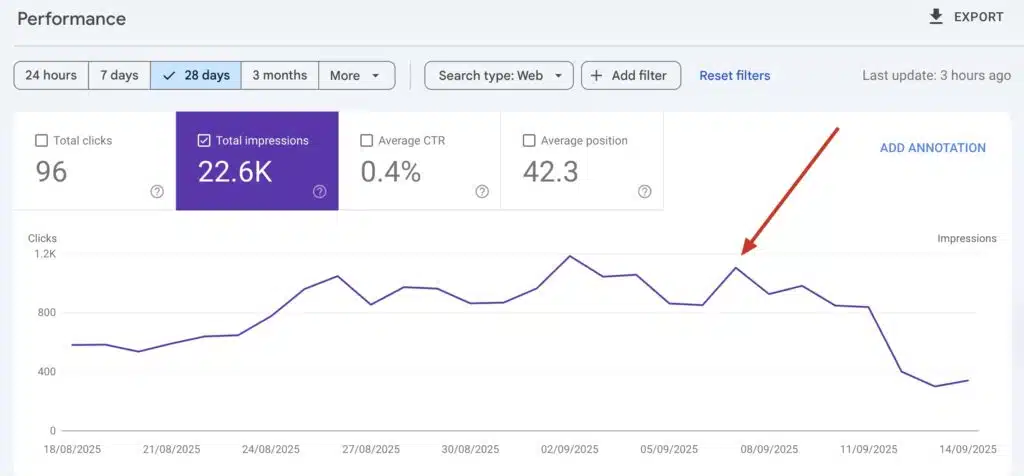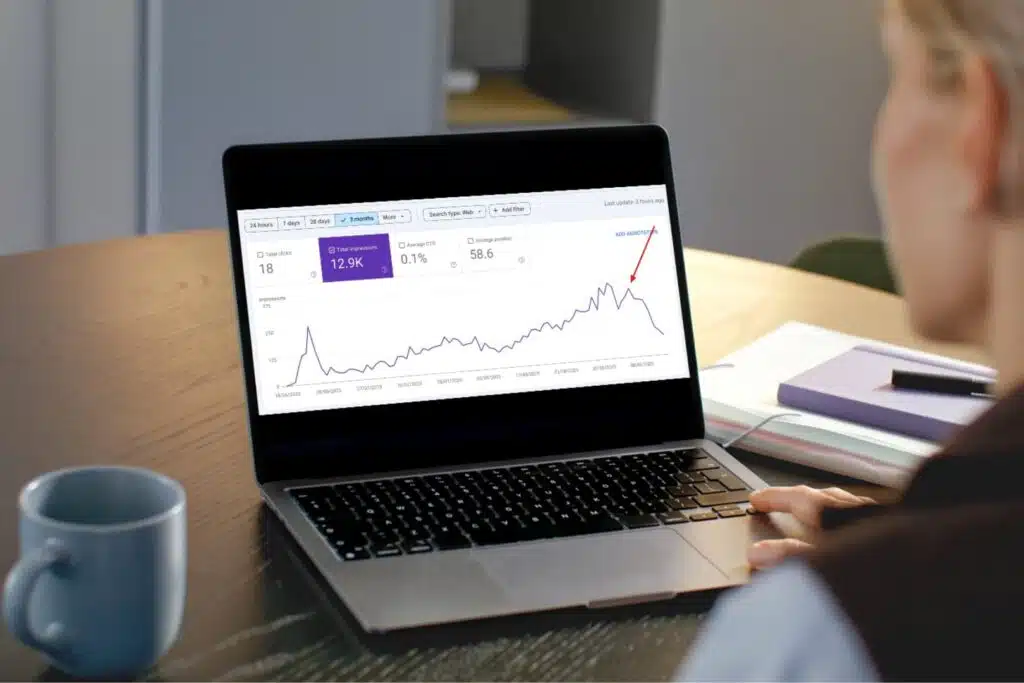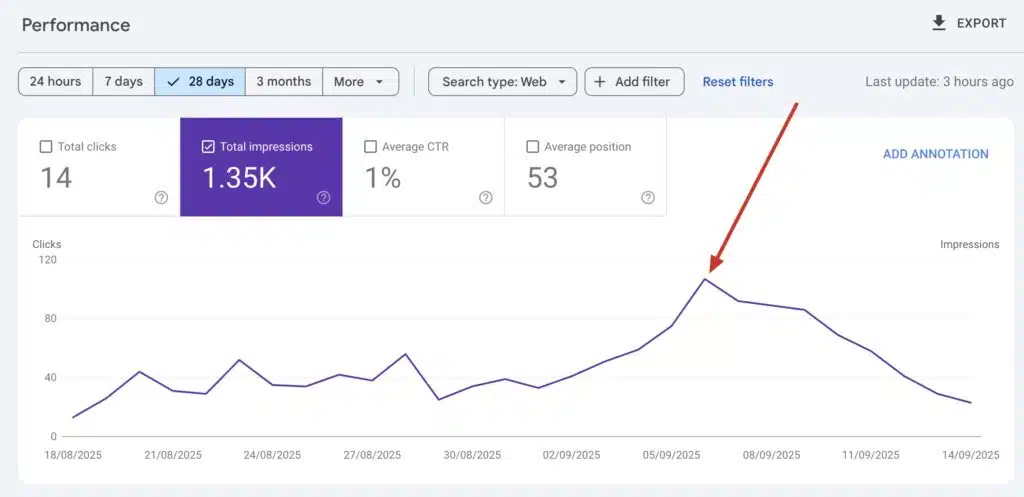If you’ve been diving into Google Search Console (GSC) data this past week, you’ve probably seen impressions take a steep nosedive starting around September 10, 2025. That sudden drop understandably rattled many site owners and SEO analysts. Yet, initial conversations within the SEO community are leaning toward this being a change in the way Google’s console reports data, not a punishment or a drop in content merit.
What the Data Shows


When I pulled reports across a handful of separate client accounts, the trend holds steady:
- Impressions took a sharp descent right after September 10.
- Clicks dropped, too, though the decline rarely matches the proportional fall in impressions.
- Average position even nudged upward, suggesting better ranking in a thinner impressions universe.
The appended screenshots make it plain: multiple sites show a near-identical drop-off on the same day. That uniform timing points to a platform-level tweak rather than to individual site penalties or sudden technical problems.
The Role of Google’s &num=100 Parameter
Industry experts on various platforms have flagged the issue and a possible reason behind it. Google has removed support for the &num=100 search parameter, which previously allowed users (and SEO tools) to view up to 100 search results per page. Google does not yet confirm this.
With the removal of this parameter:
- Google may now only be counting impressions for results that appear in the default search result set.
- This means fewer “impressions” are being logged, especially for queries where your site ranks deeper in search results (e.g., positions 11–100).
- As a result, average position metrics are improving artificially because impressions from deeper pages are no longer included in the calculations.
Why You Shouldn’t Panic
What you’re seeing on your dashboard isn’t a signal that your site is losing steam in organic search; instead, it looks like a recalibration in how Google Search Console reports data. Your pages may still appear in the same spots in search results, but the difference is that fewer impressions are being counted and shared in reports.
This behavior matches what industry watchers have been spotting lately. Brodie Clark called out the pattern on X.com, highlighting a significant drop in desktop impressions that lifted the average position a number of spots. Chris Long added the timely reassurance that the drop isn’t a content or ranking issue, just another temporary shake in the Search Console metrics.
Heads-up: if you’ve checked your Google Search Console data today and you’re noticing some unusual trends, you’re not alone.
In particular, I’m seeing a noticeable decline in desktop impressions, resulting in a sharp increase in average position.
This is across many accounts… pic.twitter.com/nYAaSOq79p
— Brodie Clark (@brodieseo) September 14, 2025
SEO PSA: If you see a huge drop in impressions, DON’T PANIC!
A change to Google’s results is causing chaos in Search Console data + rank tracking: pic.twitter.com/KvSf3KYqyi
— Chris Long (@chris_nectiv) September 15, 2025
What To Do Next
- Watch traffic metrics side-by-side with impressions. Even with a pronounced drop in impressions, assess if clicks and conversions are stable. Those figures are the true signal.
- Pull metrics from different platforms. Double-check GA4, paid media dashboards, and server logs to confirm whether the traffic loss is real, not a visual glitch in one dashboard.
- Note the discrepancy. Flag the reports with annotations, telling stakeholders that the decline is a recognized search-wide data issue, not a sudden ranking slip.
- Keep your ear to the ground. Availability of an official clarification remains uncertain, yet the SEO community is swiftly sharing, summarizing, and validating data in real time.
Final Thoughts
The sharp decline in search impressions starting on September 10 is impacting sites across sectors, disproving any notion of an isolated drop. The probable driver appears to be a systematic change in how Google logs and delivers search metrics, in particular, the elimination of the &num=100 parameter from results.
Typical investigation of dips in metrics is advisable, yet the prevailing signal in this instance indicates a reporting format revision rather than a drop in effective search performance.
Educate clients, revise the reporting layout to accommodate the new format, and concentrate on the metrics that remain persistent: actual clicks, conversion rates, and traffic quality.
Keep clients informed, adjust your reporting to reflect this shift, and focus on the core metrics that matter: clicks, conversions, and overall traffic quality.


